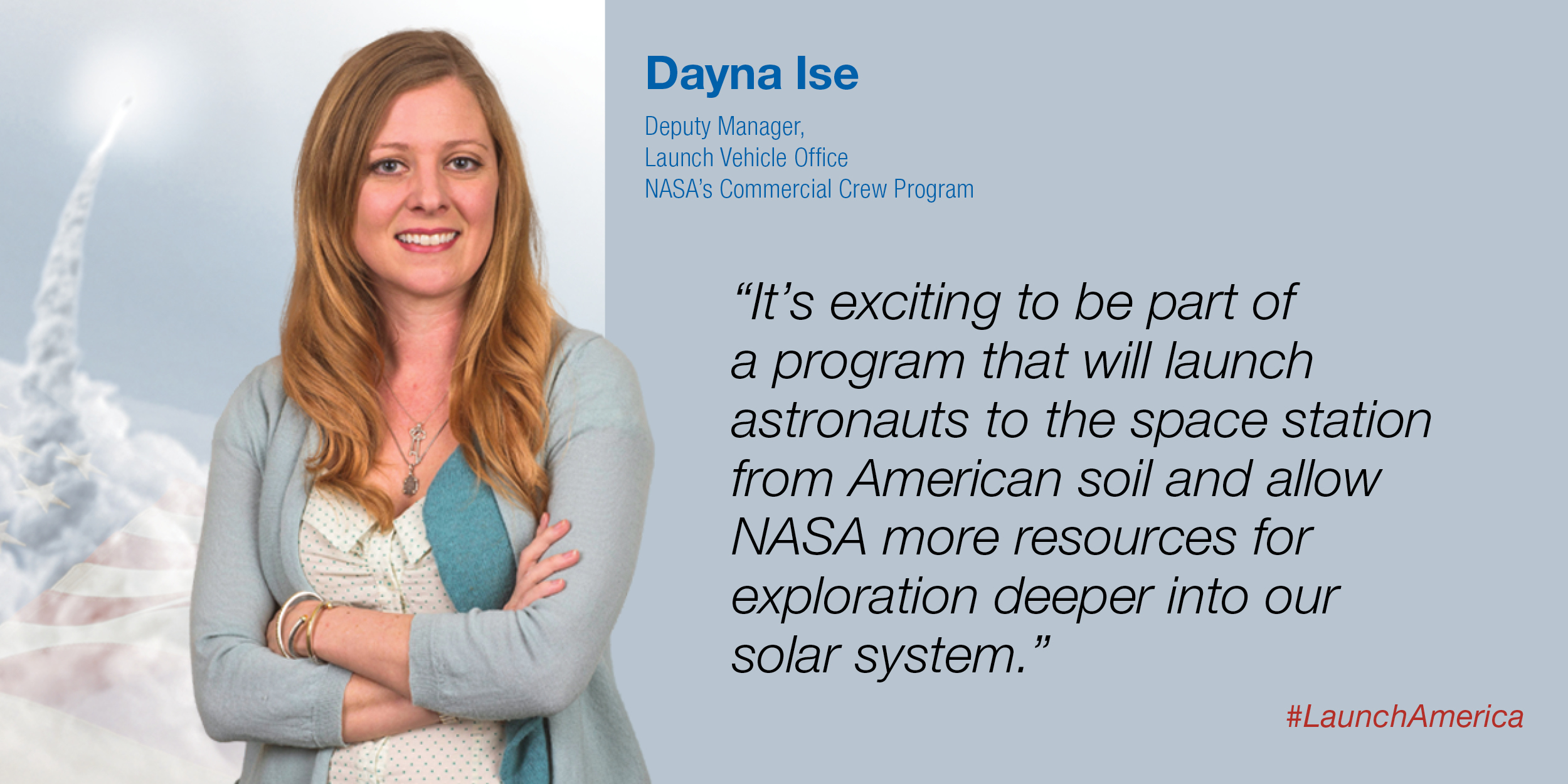
 Commercial Crew astronauts Suni Williams and Eric Boe put a pair of Boeing trainers through a host of mission paces Tuesday as they evaluated the systems that they and other astronauts will use to train for every detail and situation that could arise during a CST-100 Starliner mission to the International Space Station.
Commercial Crew astronauts Suni Williams and Eric Boe put a pair of Boeing trainers through a host of mission paces Tuesday as they evaluated the systems that they and other astronauts will use to train for every detail and situation that could arise during a CST-100 Starliner mission to the International Space Station.
Built by Boeing at the company’s St. Louis facility, the machines are known as Crew Part-Task Trainers and are set up exactly like a Starliner’s control system. They will be shipped to the Jake Garn Training Facility at NASA’s Johnson Space Center in Houston later this year and will be joined by a full-size Starliner simulator that replicates an entire spacecraft.
In addition to Boe and Williams, astronauts Bob Behnken and Doug Hurley also were selected in July 2015 to train for flight tests aboard spacecraft in development for NASA’s Commercial Crew Program by Boeing and SpaceX. The astronauts have not been assigned to specific missions or spacecraft, so all four are cross-training on both the Starliner and SpaceX Crew Dragon. Read more details about today’s training and the earlier eras of spaceflight that the simulators conjured in our feature story at http://go.nasa.gov/1rgpM4W Photo credits: NASA/Dmitri Gerondidakis





